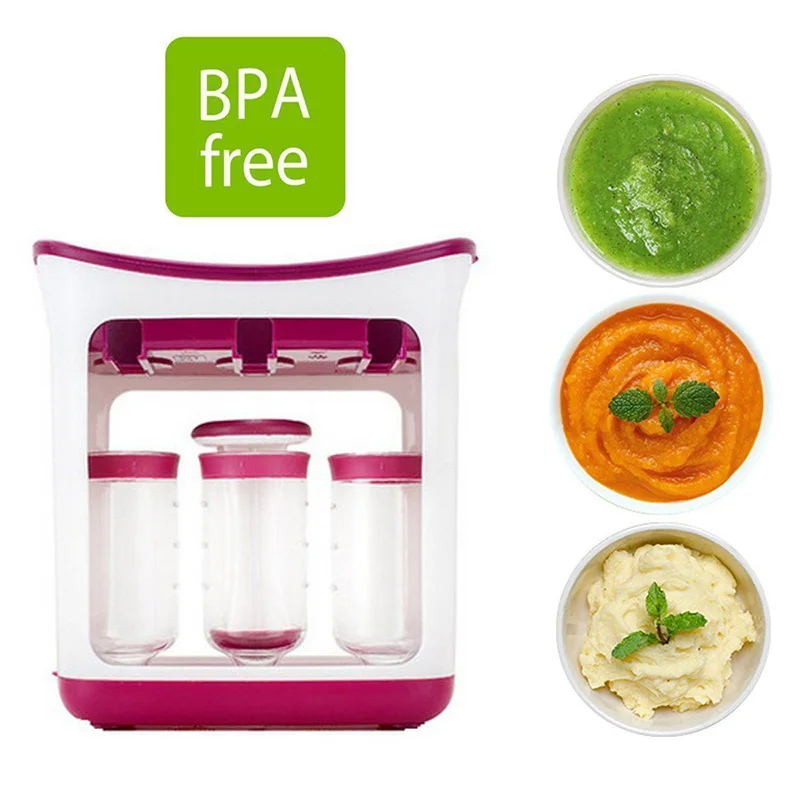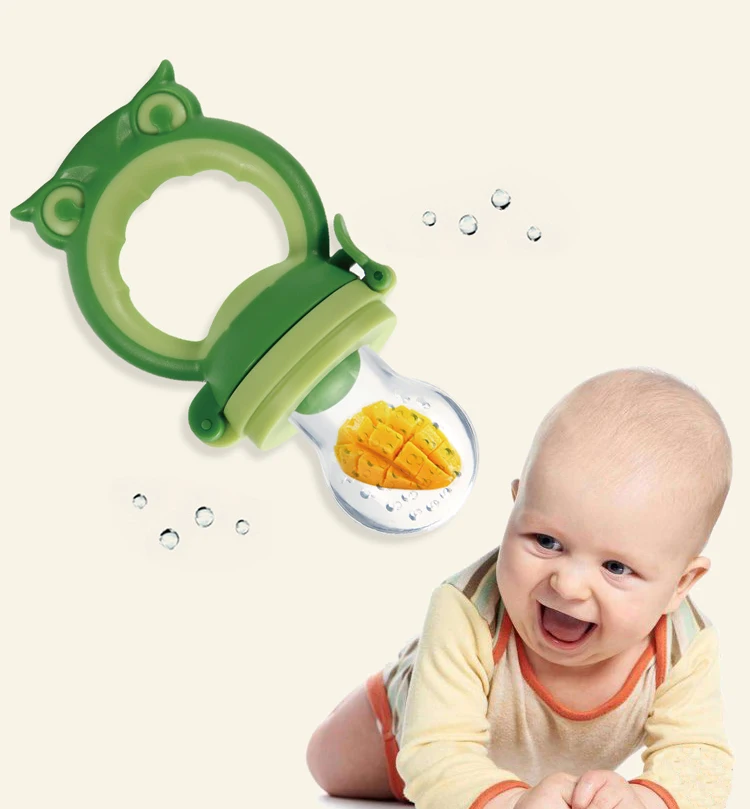Baby feeding log sheet
Best Breastfeeding Log Printable - FREE Baby Feeding Log Template
If you are looking for a BREASTFEEDING LOG PRINTABLE then you have come to the right place!
Hey my friend,
Here you will find a totally free breastfeeding log printable and template that you can download as a PDF and begin using today.
Even better – it is tried and tested (with my two kids!) and it definitely works. I can’t imagine surviving the early days of parenthood without this printout by my side!
BREASTFEEDING LOG PRINTABLE HOW I FOUND MY OLD BREASTFEEDING BABY LOG
So we were so excited to finally meet our latest baby cousin on the weekend (gorgeous little Isla!).
Upon visiting Isla, I was amazed to find my cousin and new mom recording all her feedings onto pieces of paper, exactly as I did long ago with both my kids.
Maybe it’s a new mother thing, but when you have a baby, you get quite particular about knowing exactly what is happening, when and where.
Making sure the baby is feeding enough suddenly becomes the most important thing in the world.
Are they getting enough milk?
Are they pooping enough?
Are they sleeping too much or too little?
Even though my kids are older now those early days are still imprinted deeply on my mind.
I remember full well the sleepless nights and the long exhausted days.
I remember the stress and panic that sometimes consumed me – am I doing everything right? Is baby happy?
(Newsflash – doing the best you can, with the tools you have right now and a well-meaning, loving heart, DEFINITELY equals a good, normal mommy).
During the early weeks, I created a breastfeeding template for myself that I used daily to log my baby’s feedings, sleep patterns and diaper activities.
BREASTFEEDING LOG PRINTABLE And here it is now!
I have dug it out to share with you guys now and kept it as authentically old-school as possible (why not? It worked amazingly for me back then).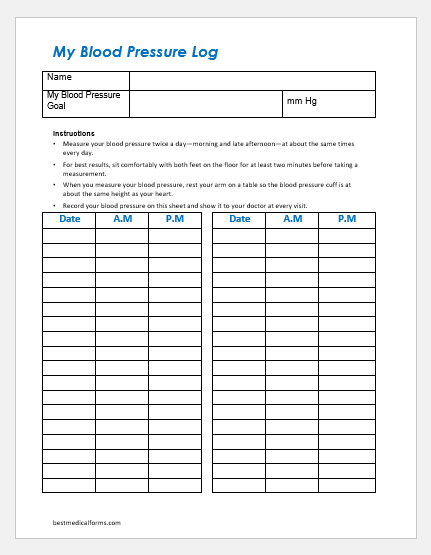
The only amendment I have made is the extra column I’ve included now for bottle feeds – which acknowledges the fact that not everyone breastfeeds and yep, even breastfeeding moms now sometimes pump and feed their babies via a bottle instead.
Sample image but you can download the template in PDF format at the end of this post.
BREASTFEEDING LOG PRINTABLE The only things you need to note about this template:
L and R = Left or Right boob
Circle whichever breast you feed from during that feed.
(Note: if you feed from both breasts (like I sometimes did) I used to circle both L & R but put an asterisk next to the boob I fed LAST from).
TIME = time you started breastfeeding.
Approximate time is fine.
LENGTH = approximate length of feed.
Approximate length is fine.
W = Wee and P = Poo
Circle whichever one your baby has done when you change his or her nappy
Baby Sleep Log
I have included a bonus baby sleep log if you wish to keep track how often your precious baby sleep and for how long.
BREASTFEEDING LOG PRINTABLE Other important points:
-Over time, the number of times you feed your baby during the course of 24 hours will naturally decrease. As they get older, they will be able to naturally go longer between feeds.
-However given that I had some days where I had a more-than-usually hungry baby I have included enough rows for 12 feeds. No, you probably won’t need it but I have included it anyway.
– Nope you don’t need to fill it in every day. There isn’t a rule that every new mom HAS TO DO THIS AT ALL.
-For the first two weeks I did use this template religiously and then after that I used it as per need, especially when my baby was unusually fussy or a little more unpredictable than usual.
-Remember to be mindful of what you eat while breastfeeding as some foods can actually cause a lower milk supply.
-SIMPLY KEEP IT AS A BACKUP. It is up to you how often you choose to use it.
Before you go…
- If you are curious about how you can make your life instantly better, I have a great cheatsheet here for you.
- If you’d love me as your private life coach check out THE DREAMING TO DOING COACHING EXPERIENCE
- If you want to improve your parenting skills dramatically check out BE A BETTER PARENT IN 30 DAYS.
- If you want to learn how to manage your mind to get any result you want out of life check out THE MANAGING YOUR MIND MASTER COURSE
- You can listen to the Dream Big My Friend podcast here on Spotify or via Apple Podcasts.
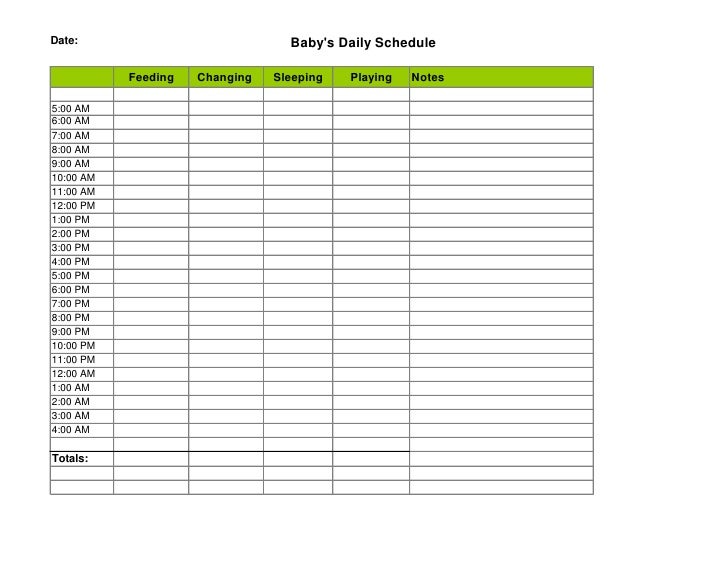
- All my other courses (more than 40!) can be found here in my Inspiring Life Teachable store.
- Finally if you want to stay in touch feel free to join our INSPIRING LIFE TRIBE for your weekly dose of inspiration. The mere fact that you are here right now means you would be perfect fit!
Frances Vidakovic
With a degree in psychology, Frances Vidakovic is a certified life coach for goal getters, author of 20+ books, host of the Dream Big My Friend podcast and course creator. Her superpower: transforming moms from dreamers into doers. Frances has been featured on various platforms, including Scary Mommy, Thrive Global, Medium and SBS Radio.
Feeding Log - Etsy.de
Etsy is no longer supporting older versions of your web browser in order to ensure that user data remains secure. Please update to the latest version.
Take full advantage of our site features by enabling JavaScript.
Find something memorable, join a community doing good.
(859 relevant results)
Assessment of infant nutrition and infant and young child feeding practices
A child's future is largely shaped during the first 1,000 days from conception to two years of age.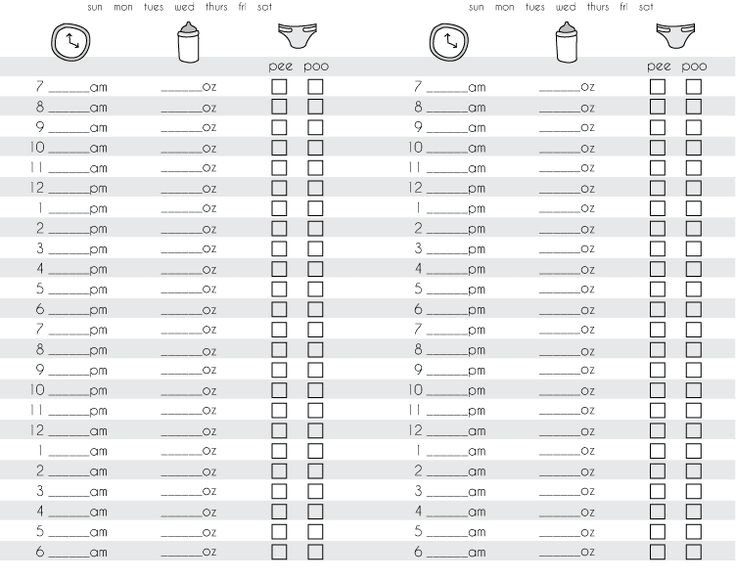 Therefore, the World Health Organization recommends exclusive breastfeeding from birth to six months of age, followed by the introduction of appropriate complementary foods and continued breastfeeding until two years of age. Inappropriate infant feeding practices, nutritional deficiencies, and frequent infections during infancy and early childhood lead to underweight and stunting, which negatively affects approximately 159million children under the age of five in low- and middle-income countries. There is strong evidence for an association between undernutrition in the early years and an increased risk of chronic, noncommunicable diseases (NCDs) in adulthood, including cardiovascular disease, diabetes and cancer.
Therefore, the World Health Organization recommends exclusive breastfeeding from birth to six months of age, followed by the introduction of appropriate complementary foods and continued breastfeeding until two years of age. Inappropriate infant feeding practices, nutritional deficiencies, and frequent infections during infancy and early childhood lead to underweight and stunting, which negatively affects approximately 159million children under the age of five in low- and middle-income countries. There is strong evidence for an association between undernutrition in the early years and an increased risk of chronic, noncommunicable diseases (NCDs) in adulthood, including cardiovascular disease, diabetes and cancer.
The IAEA supports the use of stable isotopes to evaluate interventions to improve infant and young child feeding practices:
- Objective measurement to determine whether a child is exclusively breastfed and how much breast milk a child consumes. This measurement can be used to assess the accuracy of information reported by mothers and assess the impact of breastfeeding promotion campaigns.
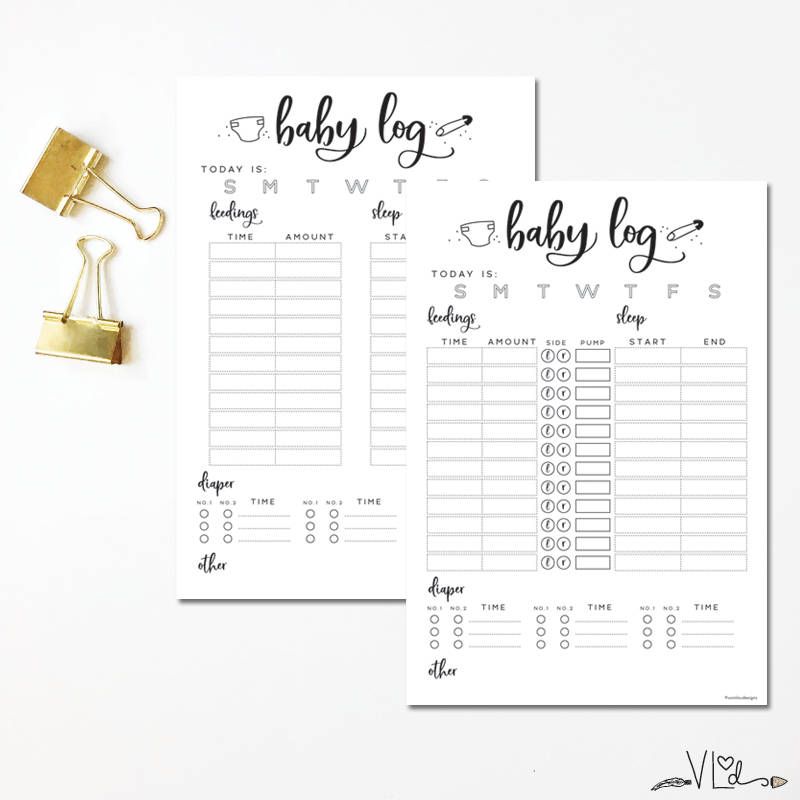
- Body composition in terms of relative amounts of fat and muscle tissue as an indicator of nutritional status reflecting the quality of the diet. Poor quality nutrition during infancy can lead to obesity later in life. Body composition control is important because changes in body composition are associated with physiological changes that can eventually lead to illness or death if severely emaciated (muscle loss).
- Quality of complementary foods and feeding practices: absorption and retention of provitamin A, iron and zinc from fortified foods or bio-fortified foods (accumulation of higher levels of minerals and vitamins during plant growth), or mixed diets; and the bioavailability of protein from plant foods.
- Infant micronutrient intake can be estimated by measuring breast milk intake and this information is combined with micronutrient content of breast milk (eg vitamin A).
- The change in the body's supply of vitamin A shows the success of interventions aimed at preventing vitamin A deficiency (see also: Maternal and Adolescent Nutrition).
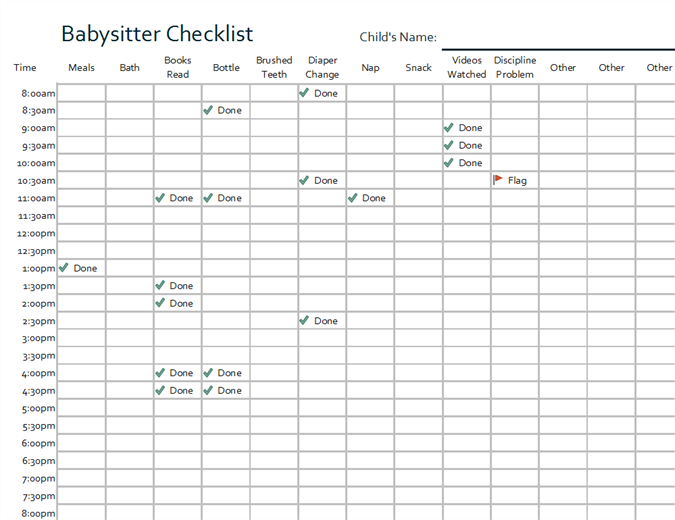
The IAEA also supports the use of stable isotope techniques to assess the success of re-nutrition programs for severely malnourished children. Rapid weight recovery may be associated with a disproportionate increase in body fat mass, which may lead to an increased risk of non-communicable diseases in adulthood. Body composition assessment provides important information about the amount of fat and muscle tissue in the body.
The IAEA's work to support the use of isotope techniques is aligned with the World Health Assembly's goal of increasing exclusive breastfeeding for the first six months to at least 50 percent by 2025, and with Sustainable Development Goal 2.1: End hunger and provide for all people year-round access to sufficient, safe and nutritious food.v
Medela Information Materials | Medela
We are committed to providing physicians and mothers with all the information they need about breastfeeding and the amazing benefits of mother's milk.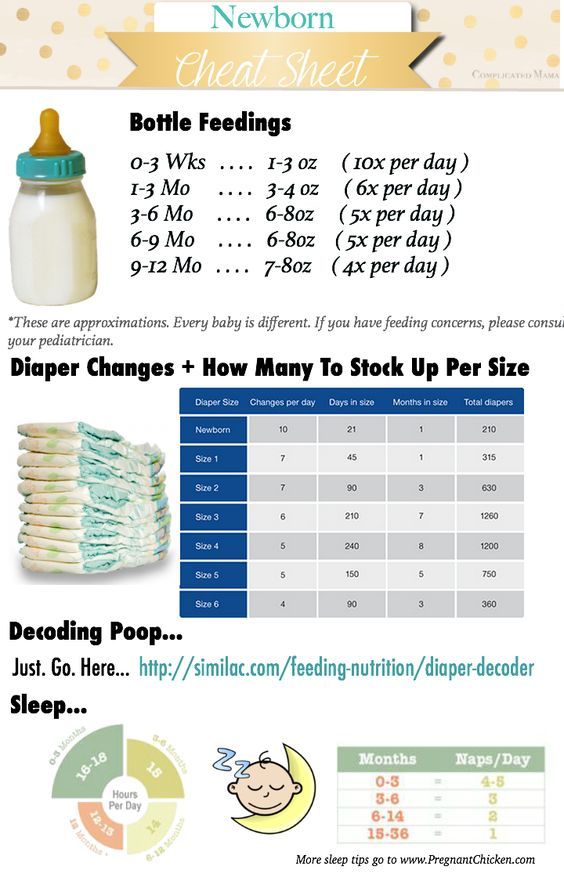 On this page you can download the latest information materials.
On this page you can download the latest information materials.
For more information about Medela's neonatal intensive care solutions and the company's research work, please see the NICU and Research sections.
Help for the Professionals
If you are a healthcare professional working with breastfeeding mothers, you know the expertise, patience, and experience required to deliver the most up-to-date breastfeeding information.
State-of-the-art research on breast anatomy, lactation and breastfeeding will help provide a compelling explanation to mothers and preserve every drop of breastmilk, "liquid gold" for baby health.
This is especially important when it comes to premature babies, but it will also be useful in the practice of successful breastfeeding for mothers who have given birth at term.
Scientific data, materials for working with mothers and practical solutions - in a brochure for professionals.
Brochure Download (PDF, 1. 45 MB)
45 MB)
Surprising Facts About Breast Milk eBook
Breastfeeding is beautiful, convenient and extraordinary - just like our book. Walk through the steps of breastfeeding with our interactive digital guide.
Read more
What is normal breastfeeding?
Through her work, Dr. Jacqueline Kent, a lactation expert at the University of Western Australia, has been able to push the boundaries of normal breastfeeding. With exclusive breastfeeding, the limits of the norm that determine the duration of feeding, the duration of each feeding and the amount of milk that the child receives at a time are quite large. Every person - and every child - is unique. In the period from 1 to 3 months, the frequency, speed and duration of feedings may vary, in contrast to the amount of milk consumed per day - it remains the same until about six months. The results of this study are especially important for mothers: analysis of breastfeeding patterns helps to reassure breastfeeding mothers and reassure parents that breastfeeding is going well.
Download infographic in English (PDF, 60 KB)
Why is breast milk unique?
Breast milk is an amazing and unique living substance. It is produced by the mammary gland and contains all the nutrients a newborn needs in the right amounts. Breast milk contains stem and immune cells, and its taste changes depending on what mom eats! Human milk is created by nature especially for children. Thus, human milk contains about 4% fat, while seal and whale milk contains about 50%, which meets the specific needs of each species.
The human brain contains the most fat! In the first 6 months, the weight of a newborn's brain almost doubles, which is why the unique components of breast milk, especially fats, are so important for optimal development. Mother's milk contains thousands of ingredients, the vast majority of which cannot be replaced with artificial additives. Scientists are constantly discovering new components, and Medela is actively involved in this research.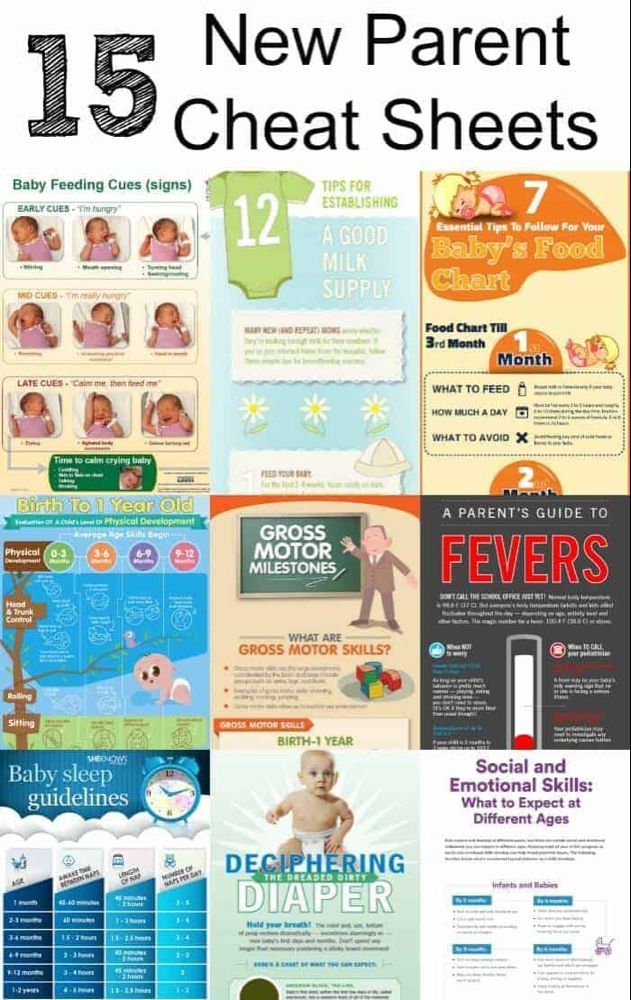
Download infographic (PDF, 549KB)
Beginning of milk production
The lactation process until sufficient milk production is established is the same for all women. They do not depend on whether the baby was born on time or prematurely. Milk production is a continuous process that consists of four stages:
- formation - formation of breast tissue;
- start - start of milk production;
- increase - gradual increase in milk production;
- maintenance - maintenance of milk production.
Since these stages are interrelated, it is very important to organize breastfeeding correctly from the very beginning - this will seriously affect the success of milk production in the future.
Download infographic (PDF, 372 KB)
Optimizing milk expression
To get enough breast milk, mothers need to successfully complete all four stages of lactation: formation, start, increase and maintenance. Optimizing milk expression with a breast pump is especially important if a mother cannot breastfeed her baby on her own.
If a pump is used to build up and maintain production after lactation has started - the "arrival" of milk - 2-Phase Expression* is the most important. This infographic provides the rationale for this decision, as well as tips and tricks for moms to help them pump quickly and comfortably.
Download infographic (PDF, 325 KB)
*Mizuno K, Ueda, A. Changes in sucking performance from nonnutritive sucking to nutritive sucking during breast- and bottle-feeding. Pediatric Res . 2006; 59(5):728–731. Changes in the act of sucking from non-productive to productive during breastfeeding and bottle feeding. Pediatrician Res.
Does the baby get enough breast milk?
Often mothers wonder if their baby is getting enough milk while breastfeeding. In a world where everything is measured, not being able to see how much milk a baby is eating can be stressful. Moreover, concerns about milk supply are a common reason for stopping breastfeeding in the first months.
We've created a simple infographic that points out three simple ways - weight, diapers and behavior - that mothers can use in the early days to determine if their baby is getting enough milk. This infographic also describes ways to increase milk supply if there are signs that a mother is not getting enough.
Download infographic (PDF, 102 KB)
Milk leakage: what you need to know
Moms may worry about whether there should be leakage of milk when there is none, if the breast is leaking too much, or is there a problem if one side leaks more than the other! It can be awkward and frustrating, but it's completely normal.
Our infographic explains what causes milk leakage after childbirth and how best to deal with it.
Download infographic (PDF, 61 KB)
Choosing the best pumping funnel
Choosing the right funnel is important for pumping comfort and getting more milk. Too large or too small funnel reduces the amount of milk received and causes inconvenience. That is why, before pumping with a breast pump, it is necessary to measure the diameter of the nipple and select the funnel of the desired size. During pumping, the nipple should move freely in the funnel. The size of the breast and nipple may change during the use of the breast pump, so the fitting should be repeated from time to time.
That is why, before pumping with a breast pump, it is necessary to measure the diameter of the nipple and select the funnel of the desired size. During pumping, the nipple should move freely in the funnel. The size of the breast and nipple may change during the use of the breast pump, so the fitting should be repeated from time to time.
Download information sheet (PDF, 1.66 MB)
A well-fitting breast shield is the key to successful pumping
The shape and size of breasts and nipples vary and can change during breastfeeding. The pumping funnel consists of two parts: a tunnel that determines its size, and a cone that follows the shape of the breast. Both breastfeeding and pumping dilate the milk ducts, causing the nipple to temporarily enlarge. That is why the funnel should always be slightly larger than the nipple. Comfort is one of the most important conditions for successful pumping. Comfort depends on a number of factors, including the size of the funnel, the level of vacuum created by the breast pump, the nature of the movement of the nipple in the tunnel, and the position of the mother during pumping. Increasing the comfort of pumping allows you to optimize this process.
Increasing the comfort of pumping allows you to optimize this process.
Download infographic (PDF, 266 KB)
Milk flow and occlusion of the milk ducts
What happens when there is too much pressure on the breast and, in turn, on the milk ducts that are close to the surface of the skin? When mothers use an incorrectly fitted breast funnel, it can lead not only to discomfort, but also to insufficient milk flow. If milk cannot flow freely, the breasts will not empty well and mothers will not get the maximum benefit from pumping. This can lead to other lactation problems.
We have created a simple infographic that health professionals can use to communicate information to mothers who are pumping. She clearly and simply explains the anatomy of the breast, changes during pumping, and why it is important to use the correct breast shield size during pumping. Highlighting the changes in anatomy during pumping, this infographic will help mothers ensure good milk flow and avoid discomfort.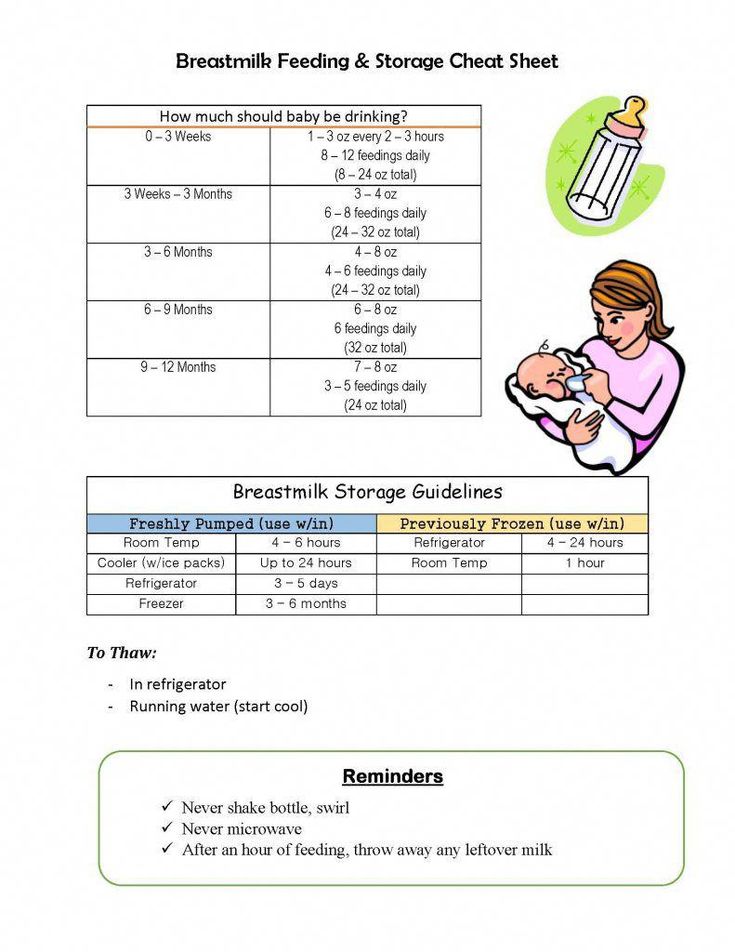
Download infographic (PDF, 122 KB)
Is donor breast milk a complete substitute for mother's milk?
In cases where the mother does not have her own milk, some clinics use pasteurized donor breast milk. Although both types of milk are "human milk", they have different biological activities and lead to different clinical results. Other significant differences include the degree of breast maturity (milk after preterm and term birth), stage of lactation (colostrum, transitional or mature milk), and the cost of obtaining.
Mother's milk should always take precedence over donor milk. Although donor milk is a valuable resource for newborns with pathologies and is superior in performance to artificial formulas, it cannot be considered a viable alternative to mother's milk. That is why priority efforts should be directed to helping mothers of premature babies and infants with pathologies form and effectively maintain their own milk production.
Download infographic in English (PDF, 2. 4 MB)
4 MB)
Breastfeeding support in the hospital and at home
Every mother's breastfeeding experience is unique. For some, breastfeeding is easy, for others it can be difficult. In both cases, the support of family and friends and the use of a quality breast pump make breastfeeding much easier.
The needs of mothers can vary greatly depending on what stage of lactation they are in. Manual breast pumps are useful for women who spend most of their time with their baby. For moms who are often absent for work or health problems, a dual electronic breast pump is more suitable.
Download the poster in English (PDF, 1.1 MB)
The Importance of Breast Milk for Babies in Neonatal Intensive Care Units severe complications in hospitalized and premature infants. At the same time, a lot depends on the dose: the more milk the newborn takes, the more benefit he will receive. This effect is especially noticeable in the first months of life.
For weak premature babies, every drop of breast milk counts.![]() It contains antimicrobial, anti-inflammatory and immunomodulatory factors that support the infant's immature immune system through various synergistic mechanisms. These mechanisms involve unique components of human milk that are not found in the milk of other mammals. The protective and nourishing components found in mother's milk help to reduce the frequency and severity of complications caused by premature birth, as well as avoid readmission after discharge from the neonatal intensive care unit.
It contains antimicrobial, anti-inflammatory and immunomodulatory factors that support the infant's immature immune system through various synergistic mechanisms. These mechanisms involve unique components of human milk that are not found in the milk of other mammals. The protective and nourishing components found in mother's milk help to reduce the frequency and severity of complications caused by premature birth, as well as avoid readmission after discharge from the neonatal intensive care unit.
Download infographic (PDF, 67 KB)
Health and economic benefits of breast milk for premature babies
Breast milk contains thousands of components that protect the baby and promote optimal development. The health status of premature infants who receive breast milk improves much faster than those fed with artificial mixtures. Positive clinical effects include a reduced risk of complications such as necrotizing enterocolitis, sepsis, sudden infant death syndrome, otitis media, leukemia, and obesity.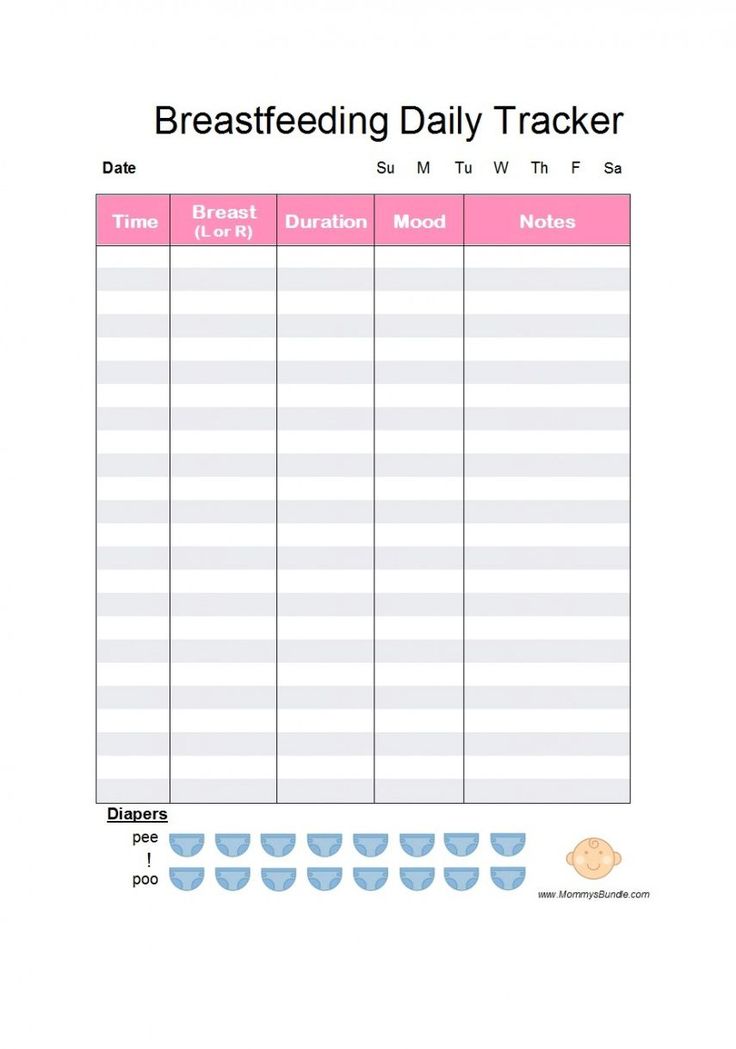 Since mother's milk significantly reduces the incidence of the most serious complications, the general condition of the child in the short and long term also improves. The health and economic benefits for newborns and their families include improved quality of life, lower hospital and health care costs. As a result, the productivity of society as a whole increases.
Since mother's milk significantly reduces the incidence of the most serious complications, the general condition of the child in the short and long term also improves. The health and economic benefits for newborns and their families include improved quality of life, lower hospital and health care costs. As a result, the productivity of society as a whole increases.
Download brochure in English (PDF, 2 MB)
Better use of breast milk in neonatal intensive care units
This assessment sheet helps you monitor and improve the quality of care in the neonatal intensive care unit. It contains evidence-based indicators that allow you to self-assess your lactation care and breast milk management practices.
Nursing professionals can quickly review current policies and practices. By identifying potential gaps and implementing quality improvement initiatives, physicians can provide first-class lactation and breastfeeding support to the most vulnerable patients.
For more information, contact your Medela representative, your trusted partner for breastfeeding and breast milk management.
Download the evaluation sheet in English (PDF, 169 KB)
Feeding skills development solutions designed for neonatal intensive care units
Medela considers the development of feeding skills as a continuous process and offers a set of solutions aimed at ensuring hospitalized infants are breastfed milk in a way that is not only as close to breastfeeding as possible, but also helps to support each child's ability to feed and ensure their growth and development. Medela helps neonatal intensive care professionals find the best solution for every breastfeeding situation for premature babies. The overview of Medela feeding solutions for use in neonatal intensive care units is just a starting point for more detailed information, including interventions related to breast milk and breastfeeding of preterm infants.
Download brochure in English (PDF, 3.7 MB)
Download study summary in English (PDF, 834 KB)
Breast milk safety and infection control in the neonatal intensive care unit
that help prevent microbial growth.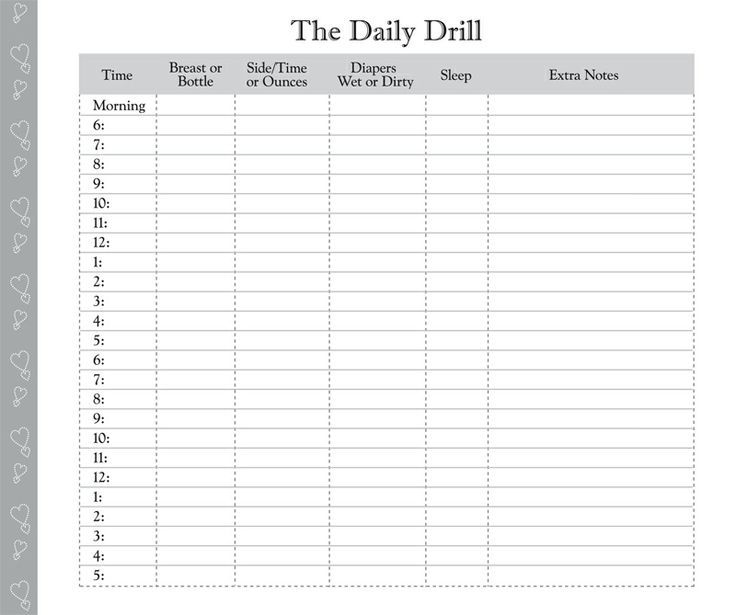 However, due to the unique composition of breast milk, a whole range of problems arise that put this extremely valuable product at risk of contamination when it is collected, stored and handled in the neonatal intensive care unit. While the benefits of breast milk far outweigh the risk of it becoming a source of infection, it is important to optimize its route to ensure safety and infection control. Medela is committed to providing information and products to help improve the breast milk transport route in neonatal intensive care units. Medela supports these departments with evidence-based solutions for the safe and hygienic handling of breast milk.
However, due to the unique composition of breast milk, a whole range of problems arise that put this extremely valuable product at risk of contamination when it is collected, stored and handled in the neonatal intensive care unit. While the benefits of breast milk far outweigh the risk of it becoming a source of infection, it is important to optimize its route to ensure safety and infection control. Medela is committed to providing information and products to help improve the breast milk transport route in neonatal intensive care units. Medela supports these departments with evidence-based solutions for the safe and hygienic handling of breast milk.
Download brochure in English (PDF 5.3 MB)
Download study summary in English (PDF 676 KB)
Solutions for transporting breast milk in the neonatal intensive care unit provide premature babies with large doses of mother's milk. To maintain the quantity and quality of breast milk in the neonatal intensive care unit, it is necessary to optimize all stages of its transportation.
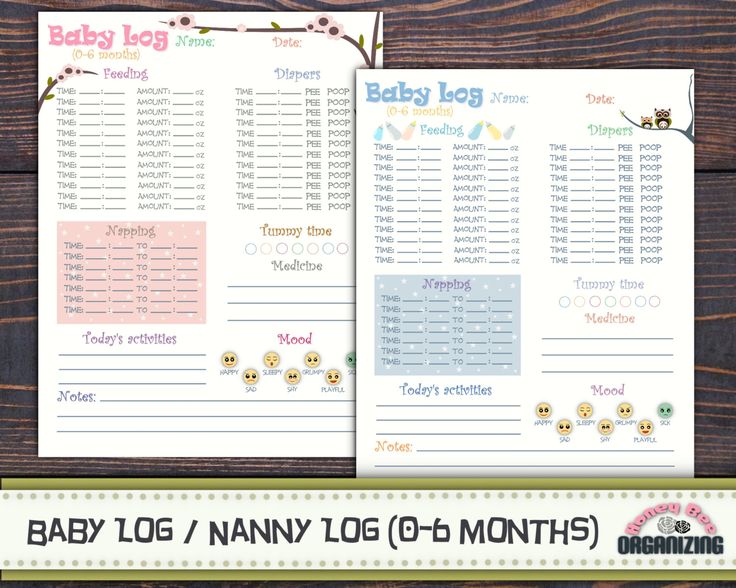 If the baby is not fed from the mother's breast, the main task is to provide him with all the benefits of breast milk. Medela has taken into account all the possible risks and challenges of transportation that NICUs face and has prepared an overview of evidence-based procedures for transporting and handling breast milk in neonatal intensive care units for caregivers. This document explains how to organize and standardize breast milk delivery with Medela solutions.
If the baby is not fed from the mother's breast, the main task is to provide him with all the benefits of breast milk. Medela has taken into account all the possible risks and challenges of transportation that NICUs face and has prepared an overview of evidence-based procedures for transporting and handling breast milk in neonatal intensive care units for caregivers. This document explains how to organize and standardize breast milk delivery with Medela solutions. Download brochure in English (PDF, 4.9 MB)
Download study summary in English (PDF, 895 KB)
Structure of the lactating breast scan of lactating mammary glands, began to doubt the correctness of the anatomical illustrations in textbooks. A study by the University of Western Australia has led to some revolutionary discoveries that have significantly changed much of the previous understanding of the structure of the lactating mammary gland.
Download Fact Sheet (PDF, 1.1 MB)
Research is the foundation of Medela
Medela is a research-based company that invests in theoretical and exploratory research with world-class experts.


